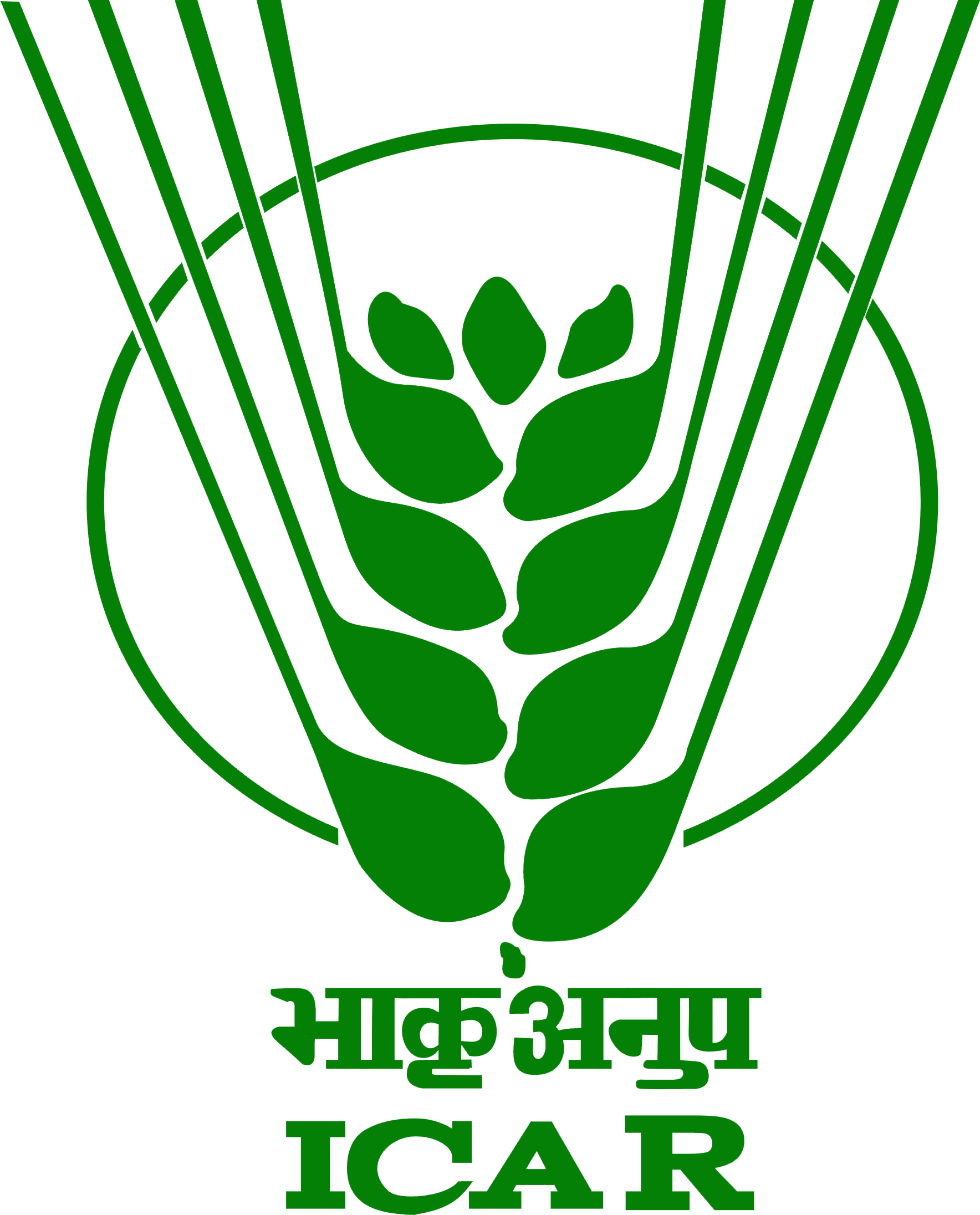Lumpy Skin Disease Overview
Lumpy Skin Disease (LSD) is a viral disease affecting cattle and water buffalo, characterized by distinctive skin nodules and systemic symptoms that can significantly impact livestock productivity.
Etiological Agent
Lumpy Skin Disease is caused by Lumpy Skin Disease Virus (LSDV), a member of the Capripoxvirus genus under the Poxviridae family.
The virus is closely related to sheeppox and goatpox viruses.
Species Affected
LSD primarily affects:
- Cattle (Bos taurus and Bos indicus)
- Water buffalo (Bubalus bubalis)
Certain wildlife species, such as giraffes, may also be susceptible.
Clinical Signs
Primary Symptoms:
- Fever (40–41°C) lasting 4–14 days
- Skin nodules (2–5 cm diameter) on head, neck, limbs, udder, and perineum
- Edema and swelling of limbs, brisket, and genitalia
Secondary Symptoms:
- Nasal and ocular discharge, excessive salivation
- Enlarged lymph nodes (subscapular and precrural)
- Drop in milk production in lactating cows
Reproductive Impact:
- Infertility and abortion
- Reduced weight gain in affected animals
Complications:
- Secondary bacterial infections may occur
- Can lead to severe complications
Preventive Measures
💉 Vaccination
- Live attenuated vaccines (Neethling strain of LSDV)
- Sheeppox/Goatpox virus-based vaccines
- Commonly used in endemic regions
🦟 Vector Control
- Control biting insects (mosquitoes, flies, ticks)
- Use insecticides and repellents
- Environmental management
🚧 Quarantine & Movement
- Restrict movement of infected animals
- Quarantine exposed animals
- Movement restrictions in affected areas
🔒 Biosecurity Measures
- Proper sanitation and disinfection
- Isolation of infected animals
- Premises disinfection protocols
🚨 Surveillance and Early Detection
Prompt reporting and culling of severely affected animals to limit disease spread. Active monitoring and early intervention are crucial for outbreak control.
Photos
Currently not available.



